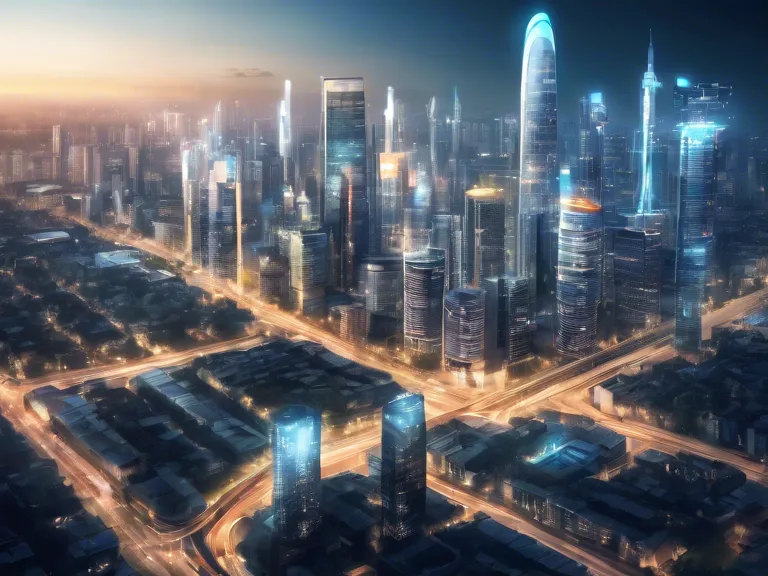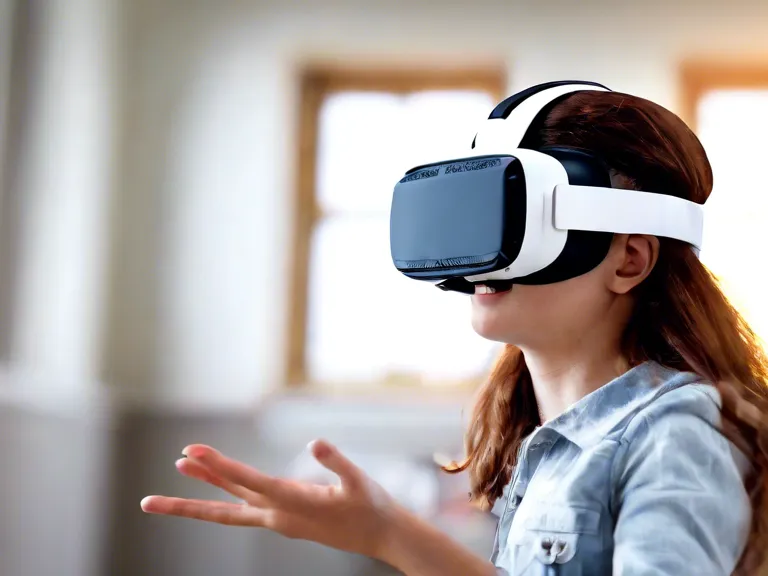
With the rapid advancement of technology, smart cities are emerging as the future of urban living. By integrating cutting-edge technologies with urban planning, cities are becoming more efficient, sustainable, and convenient for residents. From energy management to transportation systems, smart cities are reshaping the way we live and interact with our environment.
One of the key aspects of smart cities is the use of Internet of Things (IoT) devices to collect data and monitor various aspects of city life. This data is then analyzed to improve efficiency and make informed decisions. For example, sensors can be used to monitor traffic patterns and adjust traffic lights in real-time to reduce congestion. Smart streetlights can adjust their brightness based on the time of day, reducing energy consumption.
In addition to IoT devices, smart cities also utilize data analytics and artificial intelligence to streamline processes and improve services. For example, predictive maintenance can be used to monitor infrastructure and detect potential issues before they become a problem. AI-powered systems can analyze data from public transportation systems to optimize routes and schedules for better efficiency.
Another important aspect of smart cities is the focus on sustainability and environmental conservation. By using technologies like renewable energy sources, waste management systems, and green infrastructure, cities can reduce their carbon footprint and create a more livable environment for residents. For example, green roofs can help reduce the urban heat island effect and improve air quality.
Overall, the rise of smart cities is transforming urban living and shaping the future of our cities. By integrating technology with urban planning, cities can become more efficient, sustainable, and livable for all residents. The possibilities are endless, and the benefits are clear. The future is bright for smart cities.



